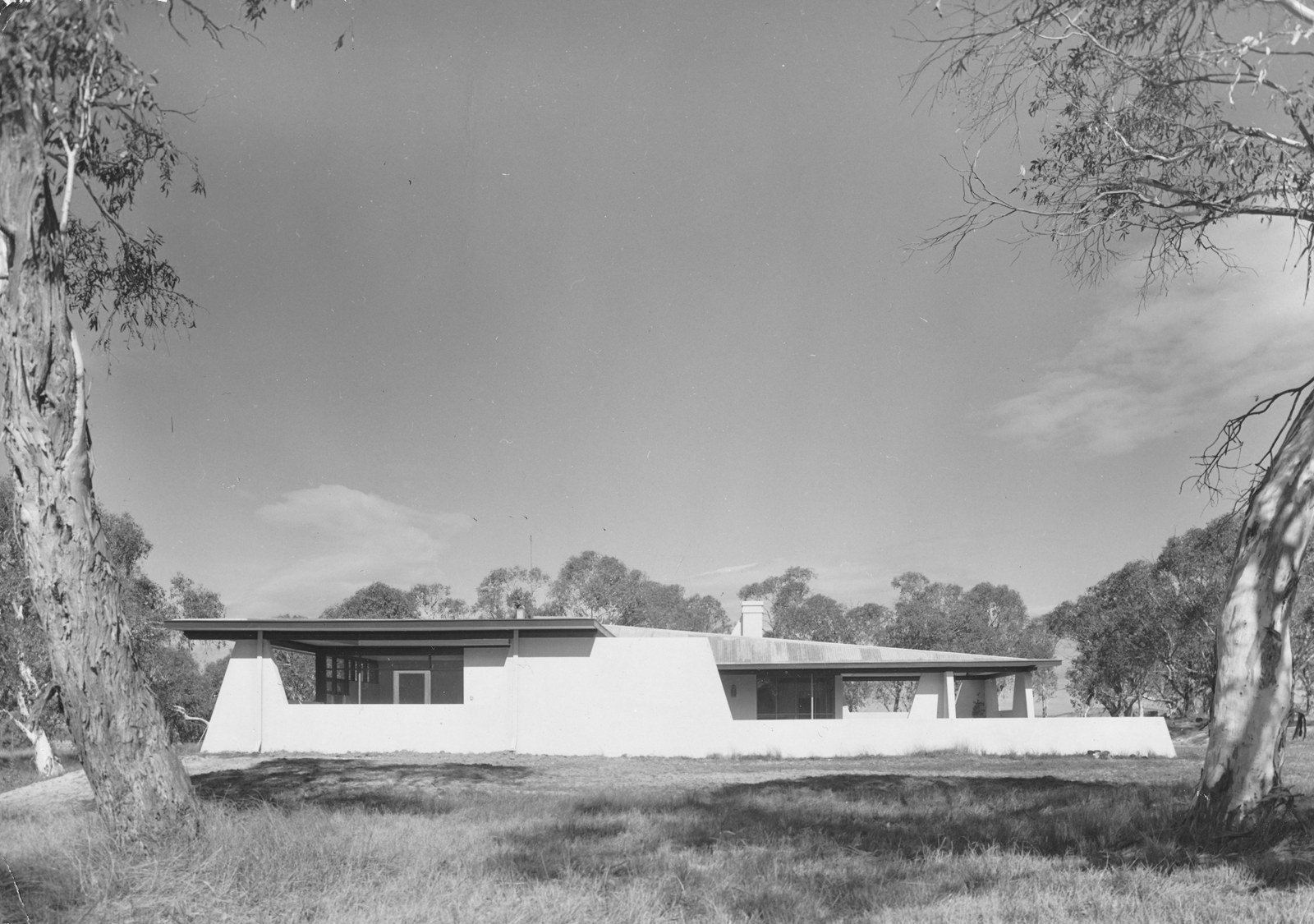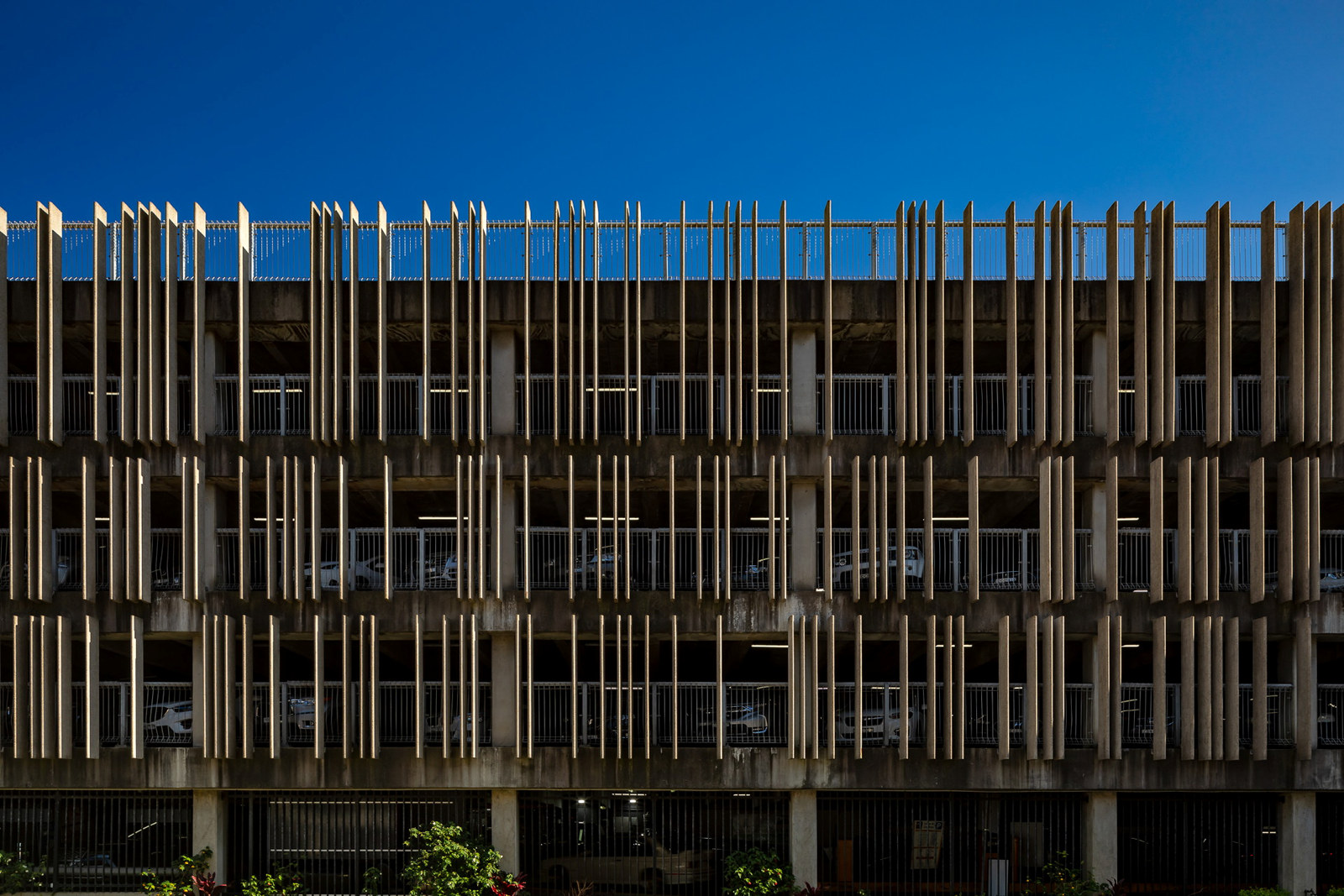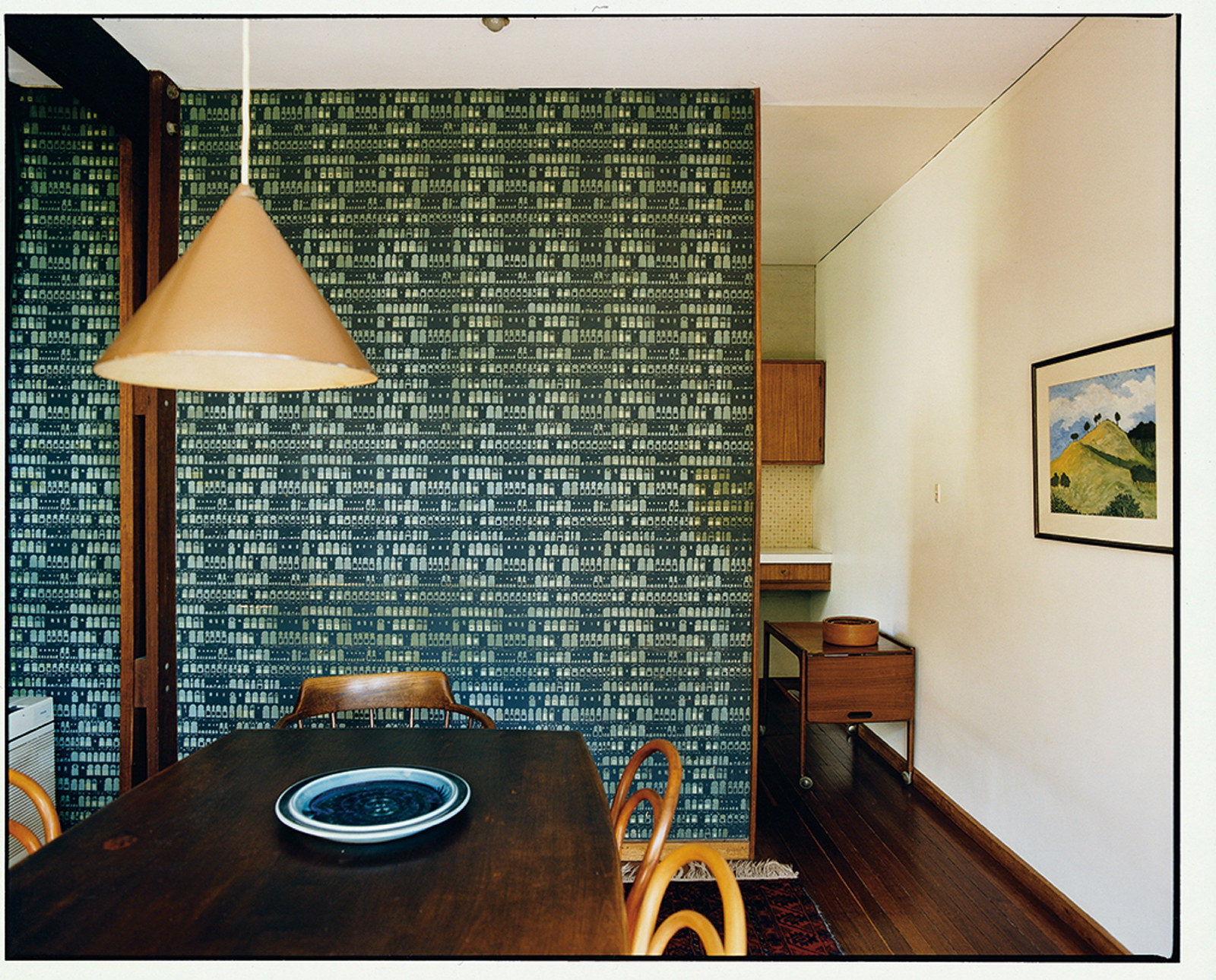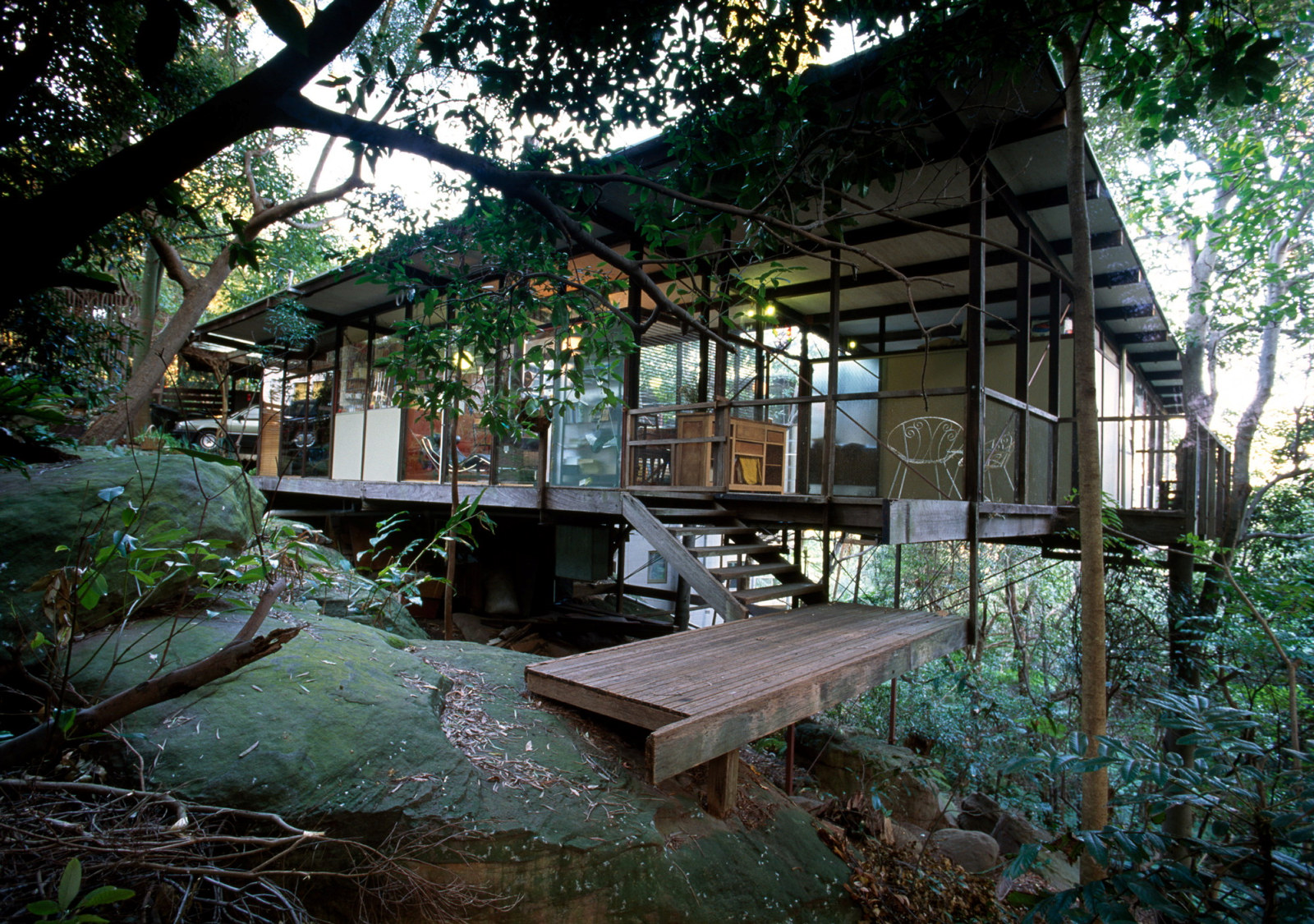Two Point Perspective: the Glass House
In this podcast, presenters Rebecca Hawcroft and Kieran McInerney go to a well-known Sydney house from the 1950s, but one very few people will have visited.
It's the Glass House (also known as the Lucas House) by Bill and Ruth Lucas. They meet current residents, Anthony Gill and Sarah McSpadden, and talk with Peter Lonergan - a Lucas expert and the somewhat reluctant custodian of the Bill Lucas archive.
Two Point Perspective podcast
Read more
Presenters
Rebecca Hawcroft is a cultural heritage professional with 20 years’ experience working across the heritage and museums sector. Rebecca was the curator of the exhibition The Moderns: European designers in Sydney at the Museum of Sydney, 2017 and editor of the book The Other Moderns (New South, 2017).
Kieran McInerney is an architect, writer and teacher who has worked for over thirty years on projects in Sydney and London. He looks for stories that tell us how architecture can enrich our daily lives.
Published on
Related

Two Point Perspective: Sydney social housing
In this podcast presenters Rebecca Hawcroft and Kieran McInerney chat with architectural historian and heritage specialist Dr Noni Boyd and architect Dr Michael Zanardo

Two Point Perspective: Enrico Taglietti, a facade of shadows
In this podcast our presenters Rebecca Hawcroft and Kieran McInerney go on the road to western NSW and Canberra to look at the work of an Italian architect

Two Point Perspective: the Cross Street parking station
The Cross Street parking station, in Sydney’s Double Bay, is one of those unusual buildings that transforms a simple brief into something special

The Jack House
The design and layout of the Jack House challenged the conventional style of 1950s Australia
